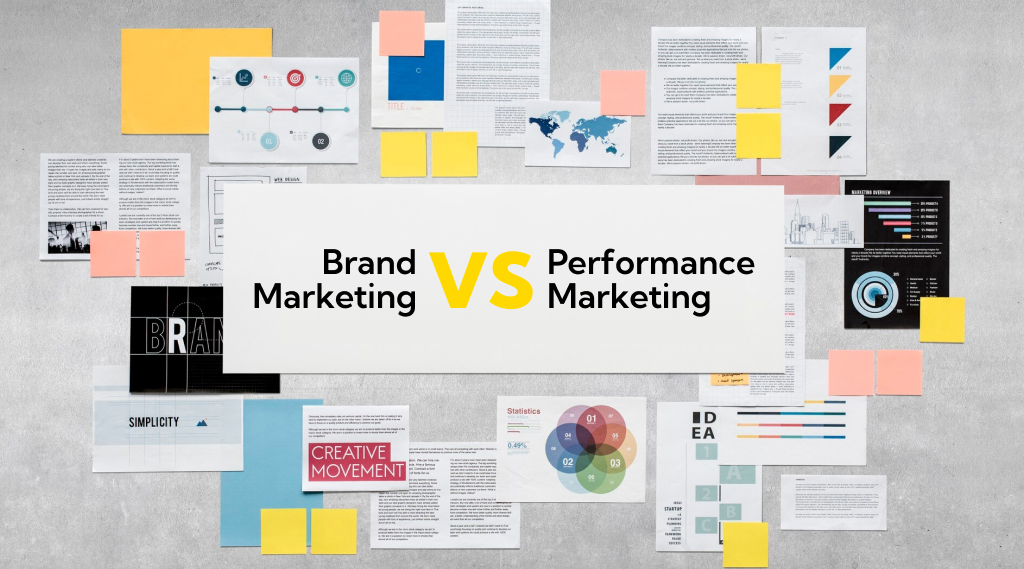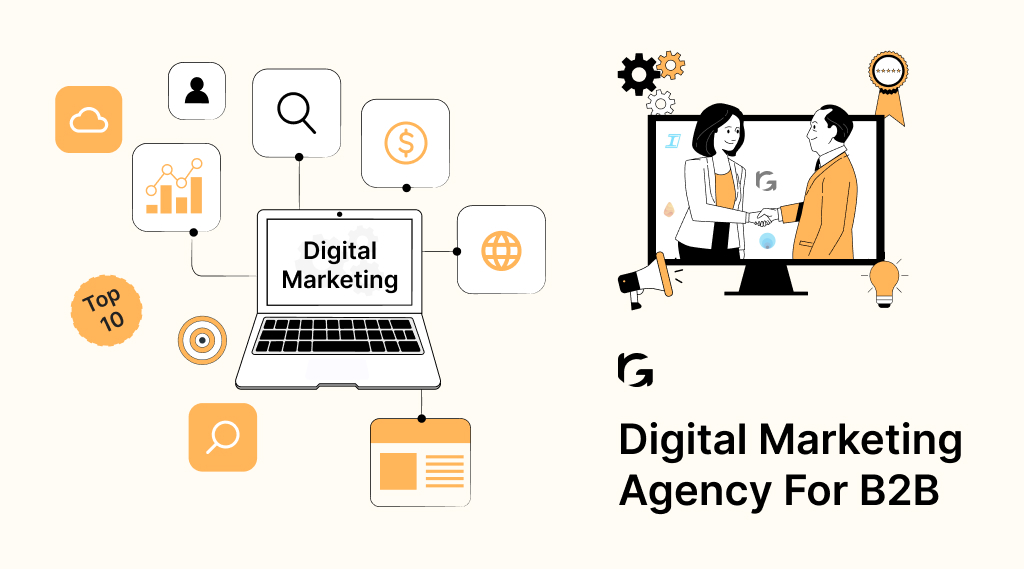Introduction
When companies sell their product or services, they often worry about two big ideas:
- making their brand stand out
- selling products quickly
Think of your favorite sneaker brand. You might love it not just because of the shoes themselves but because of what the brand represents, like coolness or quality. This feeling about the brand is important and doesn’t always show up in immediate sales numbers.
Now, there’s another side: selling things fast. This is when a company really pushes to sell products quickly, focusing mainly on numbers like how many shoes are sold. This approach can make a lot of money in the short term but might make people forget why they loved the brand in the first place.
The trick for companies is to balance these two. They need to find a way to measure success that includes both the coolness of the brand and the actual money made from selling shoes. This measure, called “brand equity,” helps companies see the value of their brand in terms of money.
What is brand marketing?
Brand marketing is about building a good relationship between a company and its customers, focusing on the whole company image instead of just one product or service. It uses the company’s offerings as examples to show it keeps its promises.
The main goal is to make the brand more popular and valuable, which in turn, makes the company more valuable.
You can use many different ways to spread the word about your brand, like:
- Digital
- Social media
- Paid advertising
It’s a good idea to use a mix of these methods to reach as many people as possible.
To help more people know about the brand, marketers might create special ads, send emails, and share content online. But, they need to really understand what makes their brand unique to send the right messages to the right people.
What is performance marketing?
Performance marketing is a way of advertising where the goal is to get clear results like how much value you get back from ads, the cost for each click, or the cost for each time someone takes a desired action because of the ad.
People who work in performance marketing pay close attention to the immediate results of their ads and decide on their main goals based on what they want to achieve with their campaign. This type of marketing often uses online methods that rely on data, like paid searches on the internet, ads on social media, and ads on internet-connected TV.
Brand marketing vs performance marketing: What’s the difference?
The main difference between brand marketing and performance marketing is that brand marketing focuses on building a brand’s identity and deepening customer loyalty, while performance marketing is all about driving specific actions like sales or leads, measuring success through tangible results.
And here are seven key differences between brand marketing and product marketing:
| Aspects | Brand Marketing | Performance Marketing |
| Objective | Build brand identity and customer loyalty. | Drive specific customer actions (eg. sales). |
| Focus | Long term brand value and recognition. | Immediate results and ROI. |
| Measurement | Difficult to measure directly; focuses on brand awareness and perception. | Directly measurable through metrics like clicks, conversions, and ROI. |
| Strategies | Content marketing, social media, sponsorships. | PPC, SEO, affiliate marketing, email campaigns. |
| Time Frame | Long-term; benefits accrue over time. | Short-term; focused on immediate outcomes. |
| Cost | Higher upfront costs without immediate financial return. | Costs directly tied to performance; often pay-per-action. |
| Risk | Higher due to long-term investment without guaranteed returns. | Lower, as strategies can be adjusted based on performance data. |
Brand marketing vs performance marketing: Which one is better?
Deciding between brand marketing and performance marketing isn’t about which one is better overall, but which one better suits your current business goals, resources, and market environment.
Brand marketing focuses on building and enhancing your company’s identity over time. It’s about storytelling, creating emotional connections with consumers, and establishing brand loyalty. This approach aims for long-term recognition and reputation, involving significant investments in campaigns that may not yield immediate, measurable returns.
Brand marketing’s strength lies in its ability to differentiate your company from competitors and foster a deep, enduring relationship with your audience. An example of successful brand marketing is Red Bull’s sponsorship of extreme sports, which aligns the brand with excitement and adventure, enhancing its identity beyond just being an energy drink.
On the other hand, performance marketing is data-driven and results-oriented, focusing on generating immediate outcomes such as sales or leads. This approach is highly measurable, allowing for real-time tracking and optimization of campaigns to maximize return on investment.
Tactics like pay-per-click advertising, affiliate marketing, and email marketing are common in performance marketing. It’s particularly effective for short-term goals, like boosting sales during a particular season or testing and optimizing marketing strategies with a focus on direct, tangible results.
How do brand marketing and performance marketing work together?
Mixing brand marketing and performance marketing works together to build something great. Brand marketing is all about making people love and remember your brand. It’s a long game, focusing on building a strong connection with your audience. Performance marketing is more immediate, looking for quick results like sales or website visits.
When you use both, you get the best of both worlds: a brand people care about and the sales you need to keep growing.
How they work together
1. Team up for better results:
Think of them as teammates where one helps build a good reputation and the other brings in the immediate wins. Together, they make sure your brand not only looks good but also gets the results you want right now.
2. Learn and improve:
The quick wins from performance marketing can give you lots of useful information. This helps you understand what people like and how to talk to them better in your brand marketing.
3. Look and sound consistent:
Whether you’re running ads, posting on social media, or sending emails, everything should clearly come from the same brand. This helps people recognize and trust your brand more, which can make them more likely to buy from you.
4. Balance now and later:
Performance marketing takes care of the immediate needs like sales, while brand marketing builds a loyal audience for the future. It’s about getting what you need today while also setting up for success tomorrow.
Examples
Brand marketing
- Coca-Cola started putting people’s names on their bottles, making it fun for customers to find a bottle with their name or give one to a friend. This made drinking Coke a special moment to share, helping people feel closer to each other and to the brand. It’s a smart way to make customers feel part of Coca-Cola’s world, turning a simple drink into a shared joy.
- Nike’s famous “Just Do It” slogan encourages everyone to tackle challenges head-on, no matter how tough. It’s not just about sports; it’s about striving to be your best in every part of life. This message has inspired countless people to connect with Nike, seeing the brand as a cheerleader for their personal goals and dreams.
- Apple’s campaign celebrates the people who dare to be different and change the world. By saying “Think Different,” Apple shows it’s not just another company making gadgets; it’s a group of innovators making tools for those who want to stand out from the crowd. This idea attracts people who value creativity and want to be seen as trendsetters or pioneers.
- Red Bull is all about adventure and pushing the limits, just like the extreme sports it’s connected with. By sponsoring daring sports events and athletes, Red Bull sends a message that it’s a brand for those who seek thrills and want to live life to the fullest. This makes the brand appealing to young, energetic people looking for excitement.
- Dove challenged the usual idea of beauty by showing real women of all shapes, sizes, and backgrounds in its ads. This campaign encourages everyone to feel good about themselves and celebrates diversity. It’s a powerful way for Dove to stand out by promoting confidence and the idea that everyone is beautiful in their own way.
Performance marketing
- Google Ads helps businesses show up right when you’re looking for what they offer. This means ads are more useful because they appear at the perfect time – when you’re already interested. It’s a clever way for businesses to get noticed and for you to find what you’re looking for faster.
- Amazon uses a system where if you recommend a product with a special link and someone buys it, you get a little reward. This makes people more likely to share about products they like, helping Amazon sell more while giving a bonus to those who spread the word.
- Facebook Ads can show you things you’re actually interested in because Facebook knows what you like. This makes the ads more relevant to you, increasing the chances you’ll find something you want to buy. It’s a smart way for businesses to reach the right people with the right products.
- Companies use Mailchimp to send emails that feel personal and relevant, from special offers to updates that interest you. This direct way of talking to customers helps companies build a relationship with you, encouraging you to check out what they offer and maybe make a purchase.
- HubSpot uses SEO, which means they make sure when you search for something online, their advice or products show up near the top. This helps you find what you need and helps HubSpot get noticed by more people. It’s a win-win: you get useful information, and they get to be seen as experts.
Wrap up
To sum it up, brands have a big chance to shine by using all the marketing tools out there. This means mixing things like performance marketing and brand marketing together. You get to keep your brand in people’s minds and also see quick results.
Smart marketing blends these strategies to make your brand known for the long haul and grab immediate attention in ways you can measure. By tapping into things like partner marketing or smart ads, and mixing those with storytelling that builds on itself, you can really push your brand’s performance.
And here’s where Revv Growth comes in. We help your brand shine by bringing these strategies together. So, don’t wait around, connect with us today to get your brand to the next level together.


